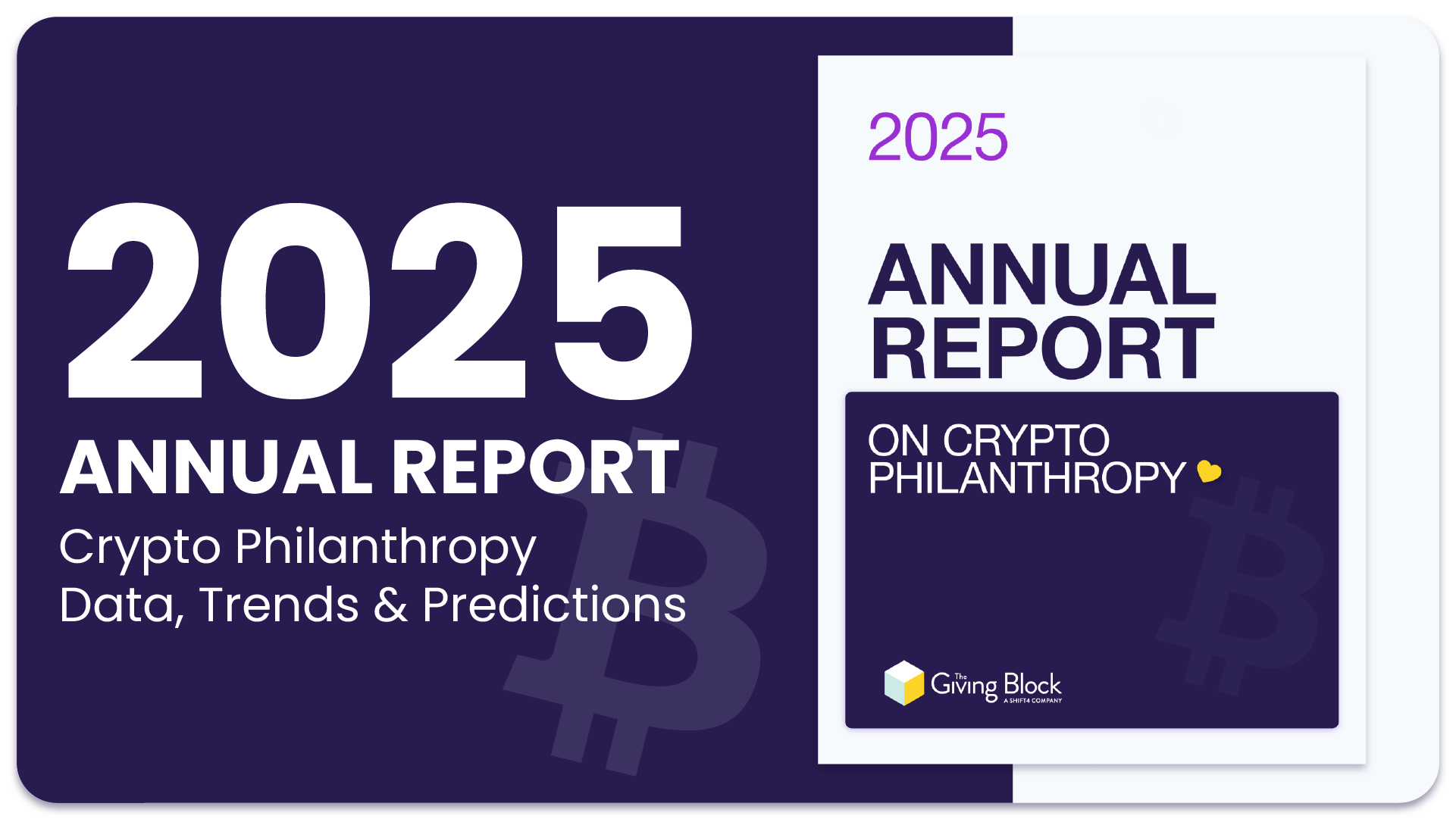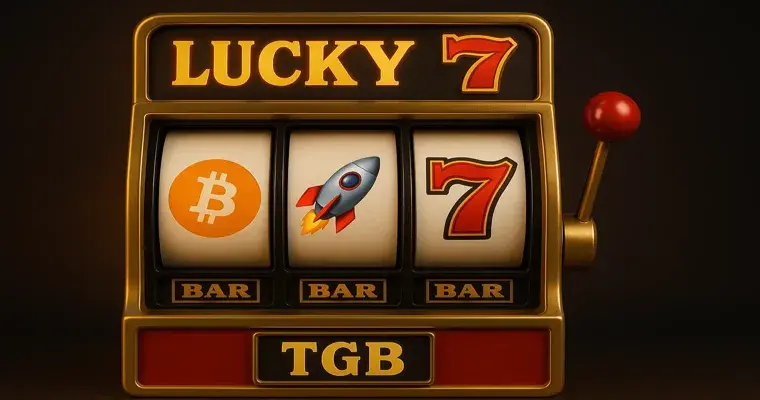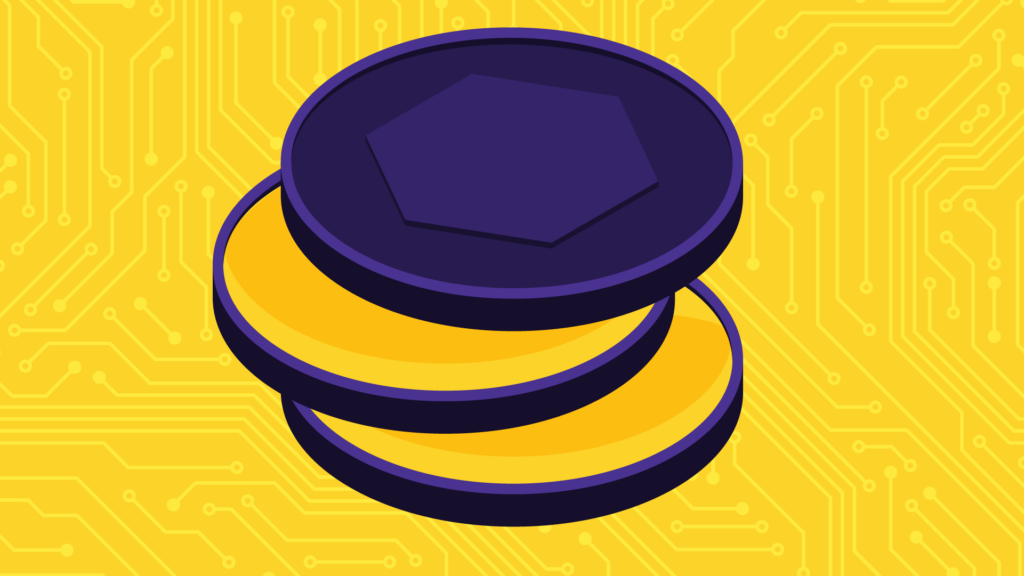XRP is a digital asset designed for payments and powers the XRP Ledger (XRPL), a decentralized, public blockchain. As one of the world’s leading cryptocurrencies, XRP’s market capitalization reached an impressive $203 billion to $210 billion in July 2025, surpassing fast-food giant McDonald’s.
How XRP Works
Inspired by Bitcoin’s innovation but aware of its potential limitations concerning speed and scalability, the founders of the XRP Ledger began working on a decentralized, open-source blockchain and its accompanying native cryptocurrency. Their goal was to develop a peer-to-peer trust network that was fast, affordable, and energy-efficient.
Only 100 billion XRP tokens will ever be in existence, and today about 59.18 billion are in circulation. XRP can be bought and sold on most major cryptocurrency exchanges, and can be donated to charity via The Giving Block.


















